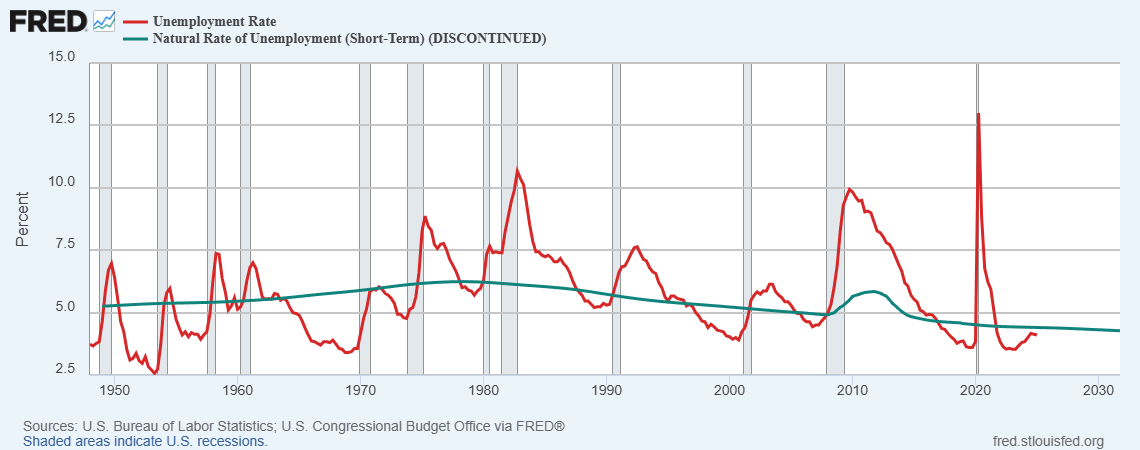Why the Unemployment Rate Gap Matters More Than Ever—And What It Means for You
Natural Rate of Unemployment vs. Actual Unemployment: What’s the Difference (and Why Does It Matter for the U.S.?)
If you’ve ever read economic headlines, you’ve seen the “unemployment rate” reported every month. But there’s another, less talked-about rate that’s just as important for understanding the health of the economy: the Natural Rate of Unemployment. Let’s break down what these terms mean, how they differ, and why they matter—especially in the U.S. economy.
Understanding the gap between the natural and actual unemployment rates isn’t just for economists—it matters to you, too. If you’re a worker, it affects your job prospects and wage growth. If you’re a business owner, it helps you plan hiring and pricing. And if you’re an investor, it’s a key signal for when the Fed might raise or lower interest rates, which can move markets in a heartbeat.
What Is the Natural Rate of Unemployment?
The Natural Rate of Unemployment is the lowest unemployment rate that can be sustained in a healthy, growing economy without causing inflation to rise. It’s sometimes called the “full employment” unemployment rate, but don’t let that fool you—it’s not zero! The natural rate includes people who are temporarily between jobs (frictional unemployment) and those whose skills don’t match available jobs (structural unemployment).
In other words, even in the best of times, some unemployment is normal because people are always moving between jobs or industries, and the economy is constantly evolving.
What Is the Actual Unemployment Rate?
The actual unemployment rate is the percentage of people in the labor force who are actively looking for work but can’t find it. This number changes with the business cycle—rising during recessions and falling during expansions. It includes frictional, structural, and cyclical unemployment (the extra joblessness caused by economic downturns).
How Do They Compare?
Natural Rate of Unemployment: Only includes frictional and structural unemployment. Represents the “normal” level of joblessness in a healthy economy.
Actual Unemployment Rate: Includes frictional, structural, and cyclical unemployment. Reflects current economic conditions, including booms and busts.



